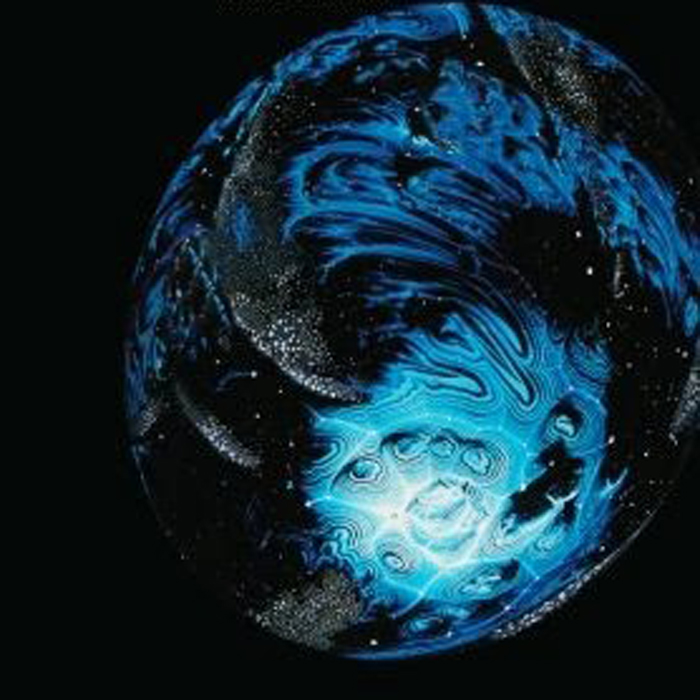This book deals with the process of discovery in the scientific world, not resting on assumptions but rather providing an analysis of the paradigms that exist in science.The passage that was particularly interesting to me was pages 90, 151 and 155-159. These pages deal with the idea that new paradigms in science – that is, the new fundamental understandings that govern everything the goes after (e.g. the Earth is round and not flat) – usually come from someone very young and/or new to the field, and that for a paradigm to take hold there needs to be some aesthetic appeal of the new theory.
… the importance of aesthetic considerations can sometimes be decisive. Though they often attract only a few scientists to a new theory, it is upon those few that its ultimate triumph may depend.” (pp. 156)
A new paradigm has the difficult job of rejecting all that has gone before as assumed knowledge, potentially throwing out the credibility and career of many established scientists. The idea of a single practitioner having the vigor and presence to change a whole field is alluring, and corresponds to the idea of a ‘master’ artist. Although this is a concept that I refute in my collaborative practice with ‘marginalised’ people, it is nevertheless reinvigorating to think that, by virtue of having fresh eyes on an issues I could bring something to it that the old-hands could not. This makes me feel more confident as an ‘interloper’ in the field of science and makes a case for the cross-disciplinary working of SciArt: we are not only visualising current scientific ideas but bringing brand new insights into the field.

(Also, the cover has a flowing circular image relevant to my aesthetic research, though the artist is uncredited!)
References:
Kuhn, T.S. (1996) The structure of scientific revolutions. 3rd edn. Chicago: The University of Chicago Press.
